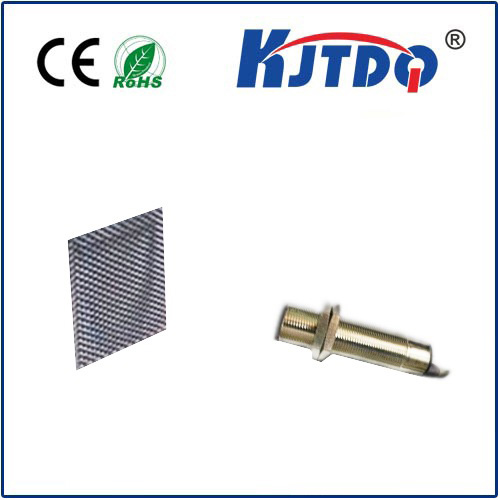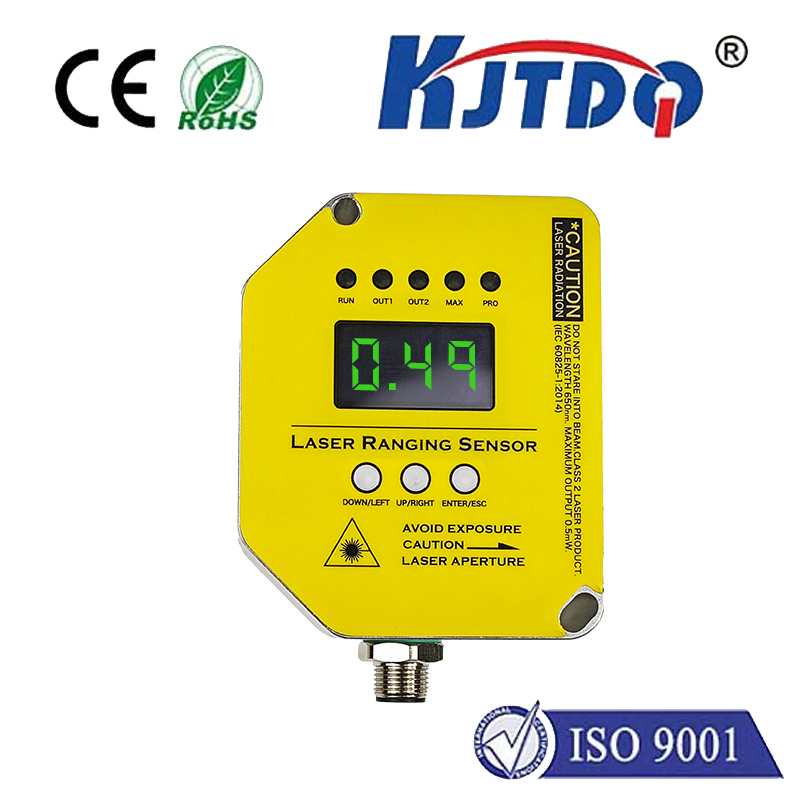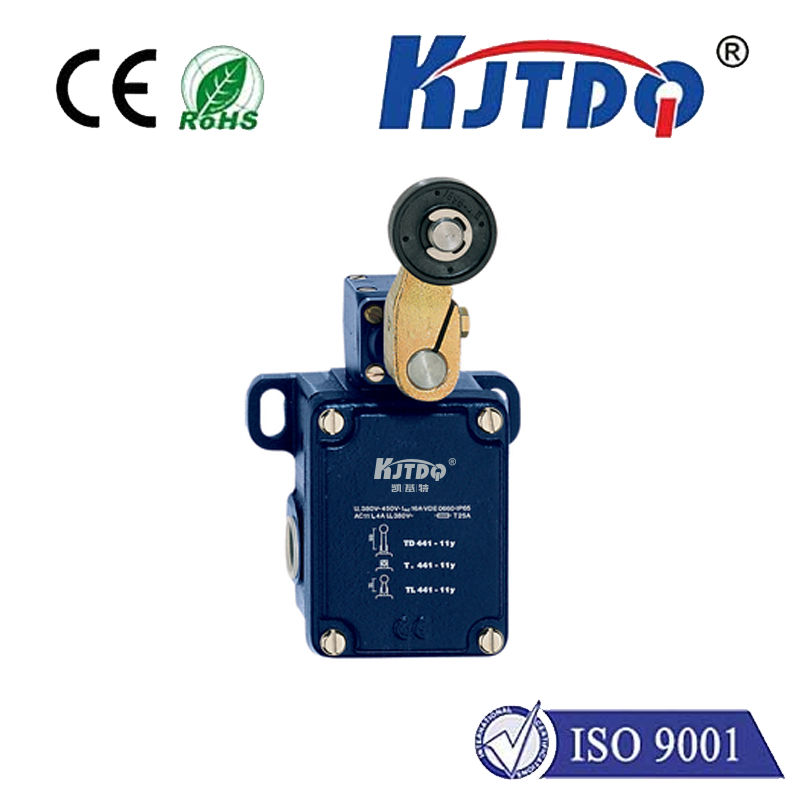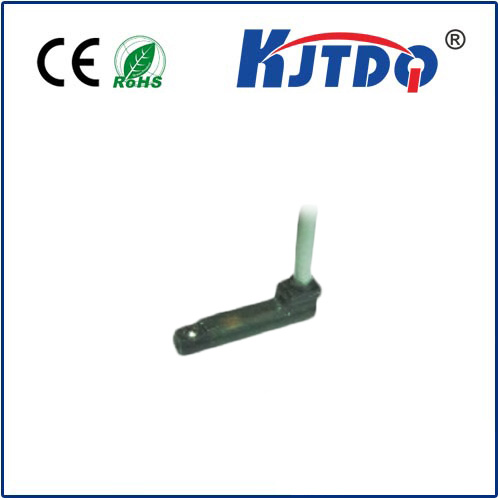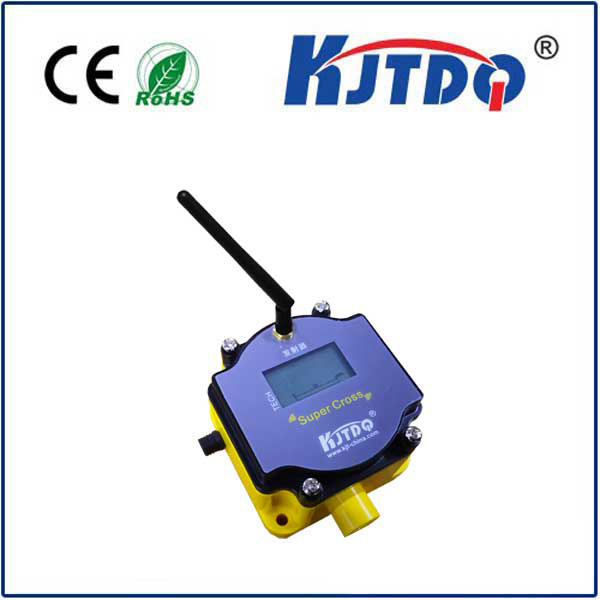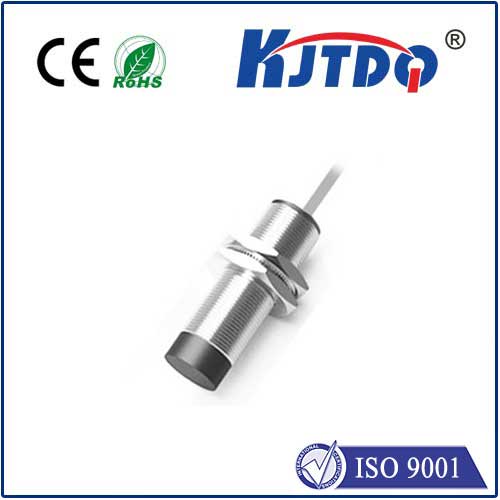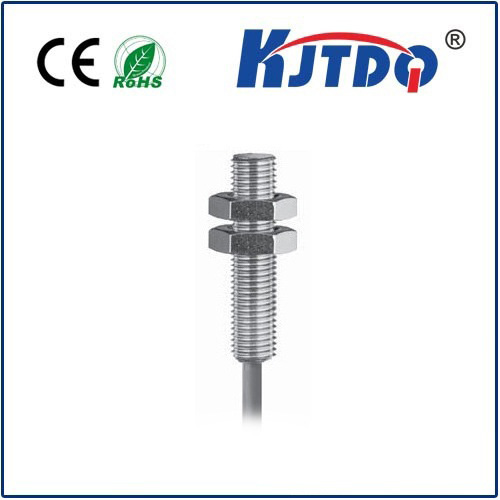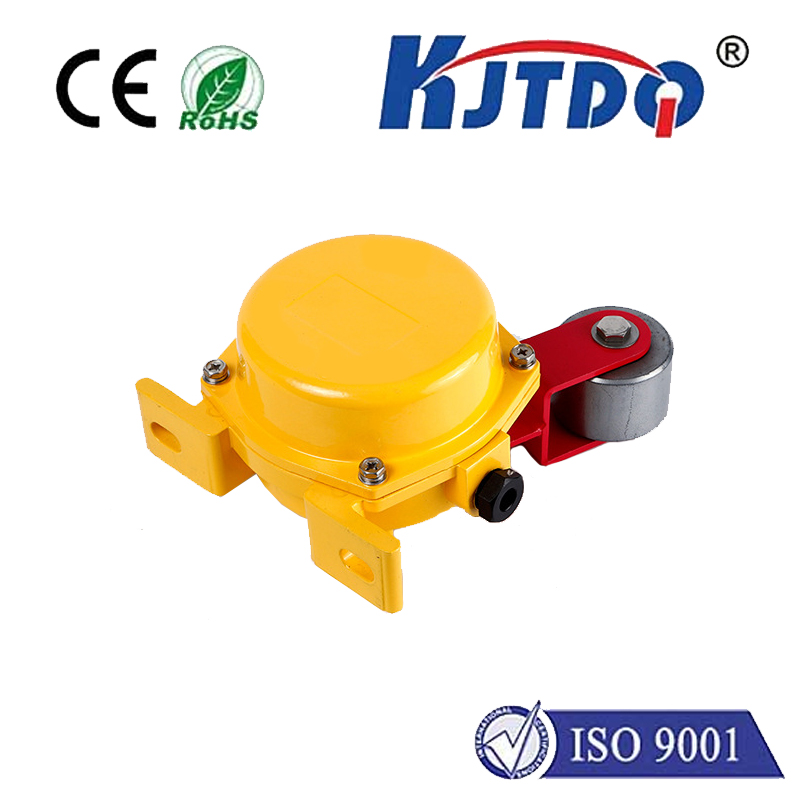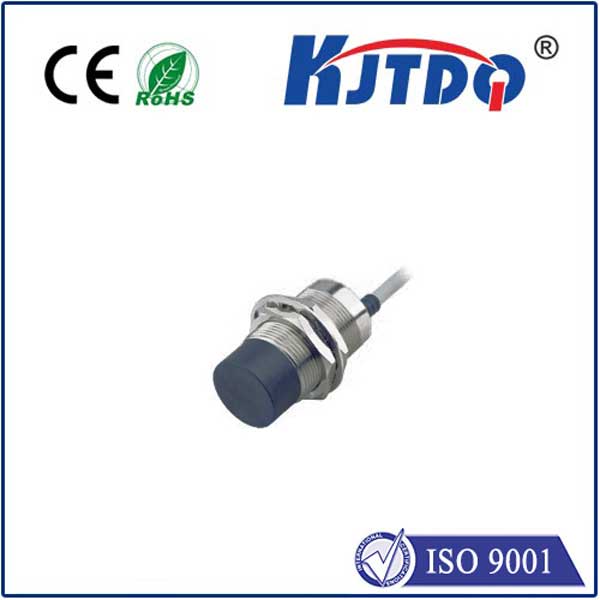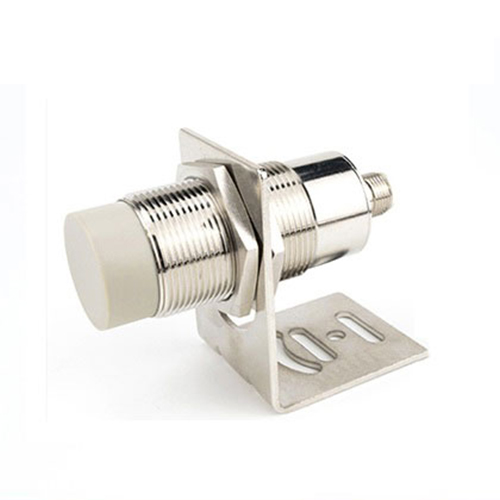proximity valve
- time:2025-06-24 01:01:18
- Click:0
Proximity Valves: The Touchless Revolution in Flow Control
Imagine a factory floor humming with activity. Conveyor belts glide, machines whirr, and precisely where needed, fluids flow – start and stop seamlessly, without a single operator laying a hand on a valve handle. This silent efficiency is the hallmark of the proximity valve, an unsung hero transforming modern automation. These intelligent valves represent a fundamental shift from manual or mechanically triggered systems to intelligent, contactless control, driving significant gains in productivity, safety, and system reliability across countless industries.
Understanding the Proximity Valve: Beyond the Basics
At its core, a proximity valve is an automated valve that opens or closes its flow path based on the detected presence (or absence) of a target object. Unlike traditional valves requiring physical contact or direct mechanical linkage, proximity valves leverage sophisticated sensing technology. The magic happens through an integrated proximity sensor – often electromagnetic, inductive, capacitive, or ultrasonic.
When the designated target (like a metal component on a machine, a container on a conveyor, or even a liquid level) enters the sensor’s predefined detection field, it triggers a signal. This electronic signal is the instruction for the valve’s actuator – typically a solenoid or pneumatic cylinder – to swiftly shift the valve’s internal mechanism (like a spool in a solenoid valve or a gate/ball). The result? Instantaneous flow initiation or cessation, precisely timed to the process requirements. The entire actuation cycle happens without physical contact between the triggering object and the valve mechanism itself.

The Compelling Advantages: Why Proximity Valves Dominate Modern Automation
The shift towards proximity valve technology is driven by undeniable advantages that solve critical challenges:
- Unmatched Speed and Precision: The electronic detection and actuation cycle operates in milliseconds, far outpacing human reaction times or mechanically linked systems. This allows for ultra-precise timing crucial in high-speed manufacturing, packaging, and assembly lines.
- Enhanced Durability and Reliability: By eliminating physical contact between moving parts (like levers or cam followers) and the trigger object, proximity valves drastically reduce wear and tear. This translates to significantly longer service life, reduced maintenance costs, and fewer unplanned downtimes.
- Superior Hygiene and Contamination Control: In critical sectors like food & beverage processing, pharmaceuticals, and semiconductor manufacturing, avoiding physical contact is paramount. Proximity valves are intrinsically cleaner, preventing potential contamination from operator touch or debris generation through friction.
- Operational Safety in Hazardous Environments: They are ideal for controlling fluid flow in dangerous areas – handling volatile chemicals, operating in high-temperature zones, or within explosive atmospheres. Operators can control processes remotely, minimizing direct exposure to risks. Touchless operation inherently enhances personnel safety.
- Reduced Mechanical Complexity: Proximity valves often simplify machinery design by removing the need for intricate mechanical linkages, cams, or levers traditionally used to actuate valves based on machine position. This results in smoother operation, quieter performance, and easier system integration.
- Adaptability and Flexibility: The detection range and sensitivity of the sensor can often be adjusted. Furthermore, since triggering relies on an electronic signal, proximity valves can be easily integrated into sophisticated Programmable Logic Controller (PLC) systems or interconnected with other sensors for complex, automated sequences.
Where Proximity Valves Make a Tangible Difference: Key Applications
The versatility of proximity valves ensures their presence is felt across a vast spectrum:
- Manufacturing & Assembly Lines: Precise control of coolant spray on machine tools, actuating glue dispensers when a part is present, triggering air jets for part cleaning or sorting. Essential for automated quality control stations.
- Packaging Machinery: Timed filling of containers, sealing activation when the product is correctly positioned, box flap folding or case sealing upon detection. Ensures high speeds and consistent quality.
- Material Handling & Conveyor Systems: Controlling diverter gates to route packages or pallets, activating stops or lifts when an item reaches a specific point, managing air clamps for part positioning.
- Food & Beverage Processing: Hygienic filling of bottles/cans, CIP (Clean-in-Place) system sequencing, precisely controlling ingredient dosing. Non-contact operation is critical for sanitation.
- Water & Wastewater Treatment: Automated control of chemical dosing based on flow sensor input, managing filter backwash cycles triggered by pressure differentials, valve operation in hazardous or remote locations.
- Pharmaceutical & Chemical Industries: Reliable, sterile fluid handling in bioreactors, precision chemical metering, safe solvent transfer. Touchless actuation minimizes contamination and operator risk.
Choosing and Implementing Proximity Valves Effectively
Selecting the right proximity valve requires careful consideration:
- Fluid Compatibility: The valve body and seals must be compatible with the process fluid (chemical resistance, temperature tolerance).
- Flow Rate & Pressure Requirements: Match the valve size and pressure rating to the system demands.
- Sensing Technology: Choose the sensor type (inductive for metal targets, capacitive for non-metals/liquids, etc.) best suited to detect the required object reliably in the operating environment (considering factors like target material, size, and mounting distance).
- Operating Environment: Consider ambient temperature, potential exposure to moisture, dust, chemicals, or explosive atmospheres (requiring intrinsically safe or explosion-proof ratings).
- Electrical Requirements: Ensure compatibility with the available power supply (voltage, AC/DC) and signal output type (PNP/NPN) for connecting to the control system.
- Response Time: Verify the valve’s actuation speed meets the cycle time requirements of the application.
Proper installation, ensuring correct sensor alignment and adequate clearance for the target, is crucial for reliable operation. Regular maintenance, primarily involving keeping the sensor face clean and checking electrical connections, ensures sustained peak performance.
The Silent Evolution Reshaping Industry
The proximity valve is far more than just a component; it is a cornerstone technology enabling the sophisticated automation we rely on today. By providing fast, reliable, and truly touchless flow control, these valves enhance manufacturing speed, improve product quality, safeguard expensive equipment, protect valuable operators, and maintain critical hygiene standards. From the high-speed bottling plant to the sterile cleanroom, the precision of the semiconductor fab to the robust demands of material handling, the silent revolution of proximity valves continues to drive innovation and efficiency, proving that the most impactful solutions often operate seamlessly, without a single touch.






